- Author Jason Gerald [email protected].
- Public 2023-12-16 10:50.
- Last modified 2025-06-01 06:05.
Are you interested in Japan and its language? Do you want to broaden your horizons and learn a foreign language, without having to immediately follow a tight schedule? Learning a language is both fun and challenging, but many people can't or don't want to spend the money (or time) to attend a course or class. By learning the basics of Japanese, practicing it, and exploring it in new ways, you can enjoy the fun of learning a new language.
Step
Method 1 of 3: Learning the Basics of Japanese
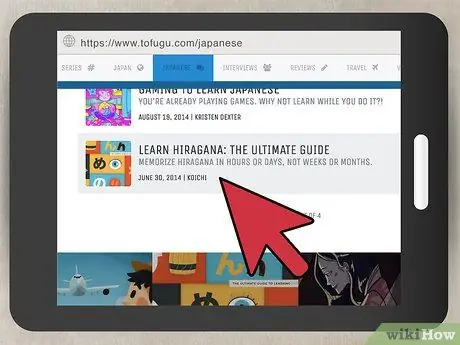
Step 1. Learn the Japanese writing system
Japanese uses four writing systems. In order to understand this language, you need to learn every system. Visit https://www.tofugu.com/japanese to see each writing system and start learning about them.
- Hiragana is the Japanese alphabet. This system has 51 phonetic characters. Each character represents one sound. Start by learning and memorizing these characters. Once you understand hiragana, you can figure out how to pronounce Japanese words.
- Katakana are strings of characters that represent words other than native Japanese vocabulary (eg fast food or Californian). It's a good idea to learn katakana phrases for frequently used words.
- Kanji are actually Chinese symbols or characters that represent words and phrases in Japanese. While the hiragana characters function as "letters" (representing simple sounds or syllables), the kanji characters actually represent a complete word.
- Romaji is a system of using the Roman alphabet to spell words in Japanese. Early in the learning process, romaji will help you (especially when learning important phrases), but if you rely too much on the system, you may have a hard time learning the later aspects and understanding Japanese. Therefore, focus on hiragana, katakana, and kanji.

Step 2. Practice pronunciation of Japanese vocabulary
There are 46 sounds in Japanese. These sounds are made up of consonant-vowel combinations, with one of five vowels. As an exception, there is one sound that is formed from only one consonant. You can learn it by practicing the pronunciation of each hiragana character and say it.
Visit https://www.forvo.com/languages/ja/ to learn Japanese pronunciation
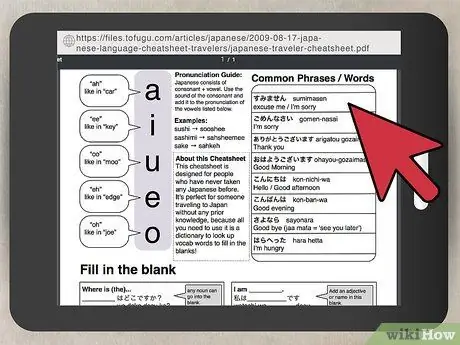
Step 3. Learn some important phrases
By knowing a few key phrases, you can start practicing. While it shouldn't be overused, using romaji to learn these basic phrases is still acceptable for beginners.
- Hello - “Konnichiwa”
- Nice to meet you - “Hajimemash(i)te” (the “i” sound is not pronounced clearly)
- Goodbye - “Sayonara”
- I'm well. Thank you - “Watashi wa genki des(u). Arigato." (the "u" sound is not pronounced clearly)
- “Thank you very much” - “Do-mo arigato gozaimas(u)”
- “Please” (asking for something) - “Kusai”
- “Go ahead” (offer something) - “Dozo”
- "Do you understand?" - “Wakarimas(u) ka?”
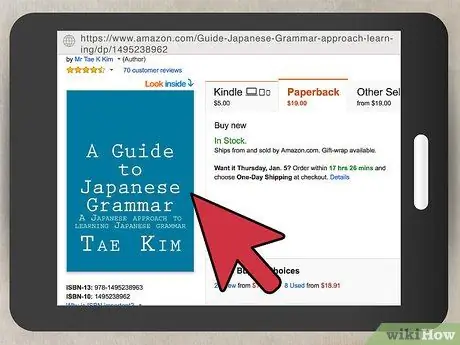
Step 4. Learn the grammar rules
Japanese grammar is very different from Indonesian or English grammar. Therefore, do not try to apply Indonesian or English grammar rules when learning Japanese. It will take some time to get used to Japanese grammar. Try buying a Japanese grammar practice book and follow the lessons. Some examples of books you can search for and buy are "Practice Makes Perfect: Basic Japanese" and "A Guide to Japanese Grammar" (compiled by Tae Kim). You can also find free online resources (eg Duolingo) to learn Japanese grammar. Here are some basic Japanese grammar:
- Pronouns have no gender. In addition, most nouns do not have separate plurals.
- In Japanese, the subject is optional and can be omitted in the sentence.
- The predicate is always placed at the end of the sentence.
- Verbs do not change by subject (unlike the verb pattern for the third person singular in English). In addition, the verb also does not change based on the number (singular/plural like me/we or he/them).
- Personal pronouns (eg “I” or “you”) change according to the level of formality of the situation.
Method 2 of 3: Practice Japanese

Step 1. Strengthen your understanding of the writing system in Japanese
If reading and writing are important aspects of understanding Japanese, you need to take the time to learn the four Japanese writing systems. Hiragana and katakana can be learned in at least a few weeks, and you can use them to write anything in Japanese. Meanwhile, kanji take longer to learn, but the system is also important to understand. Therefore, start practicing reading or understanding kanji.
- Exercise books can be a great medium for practicing reading and writing.
- You can also use online resources, such as Duolingo.
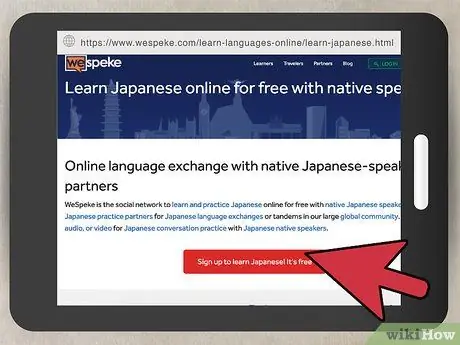
Step 2. Talk to someone over the internet
An exciting option for practicing Japanese is video chatting with native Japanese speakers. Look for websites or online resources that allow each user to find language pairs and practice together. If you find a suitable user, start practicing with them 1-2 times per week.
Try visiting My Language Exchange or The Mixxer to find an online language practice partner

Step 3. Use the card
Buy Japanese practice cards or make your own study card sets. You can buy (or make) cards for each language system, learn certain phrases, and memorize the basics of grammar. Study cards are also a fun medium for strengthening vocabulary in the three writing systems of Japanese (hiragana, kanji, or katakana).
- Try sticking cards on items at home to label each item in Japanese.
- Have a friend test you using the cards to practice memorization.
- Use the cards to test yourself.
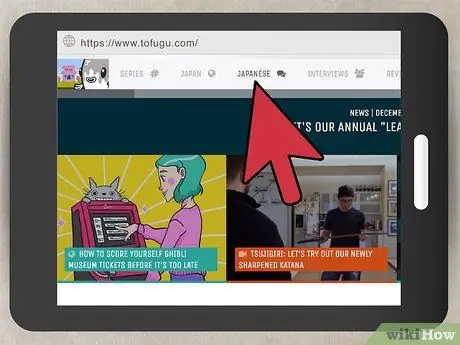
Step 4. Take advantage of online sources or media
There are various online language programs that can help you learn and practice Japanese, such as Duolingo, Tofugu, and Japanese 101. Look for these free resources and get into the habit of practicing Japanese every day.
Method 3 of 3: Learn Japanese in a Fun Way

Step 1. Try reading
Look for books, comics, or newspapers in Japanese. When you try to read Japanese texts, you introduce yourself to new words while sharpening your language skills and getting to know Japanese culture.
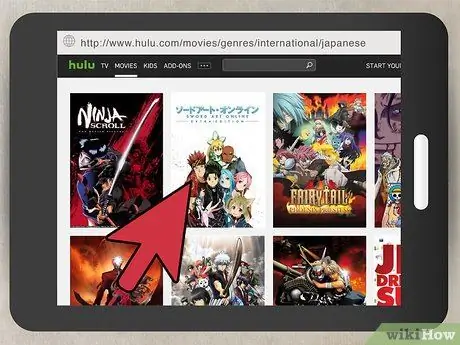
Step 2. Watch Japanese movies
Another interesting way to expose yourself to the Japanese language is to watch Japanese films. Movies can introduce you to a variety of terms (including slang) and provide entertainment. You can even use Indonesian or English subtitles to understand the storyline.
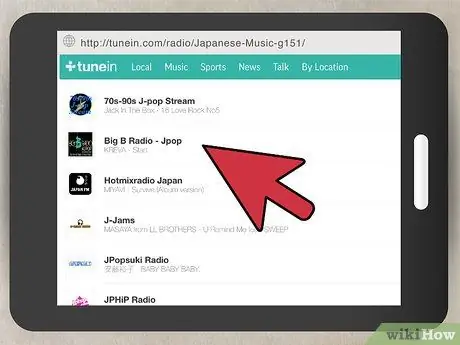
Step 3. Listen to Japanese radio broadcasts
As with movies, listening to Japanese broadcasts can be an interesting activity to hear new words and sharpen listening skills. Search for Japanese music with lyrics or Japanese radio chat shows.
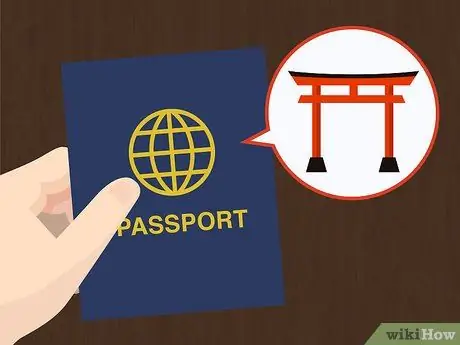
Step 4. Surround or immerse yourself in the Japanese language and culture
If you have the opportunity to dive in and interact in Japanese, take it! Maybe you can go to Japan (or even visit an authentic Japanese restaurant). This way, you can talk to other people in Japanese and observe how they speak. There seems to be no better way to learn a new language than this.






